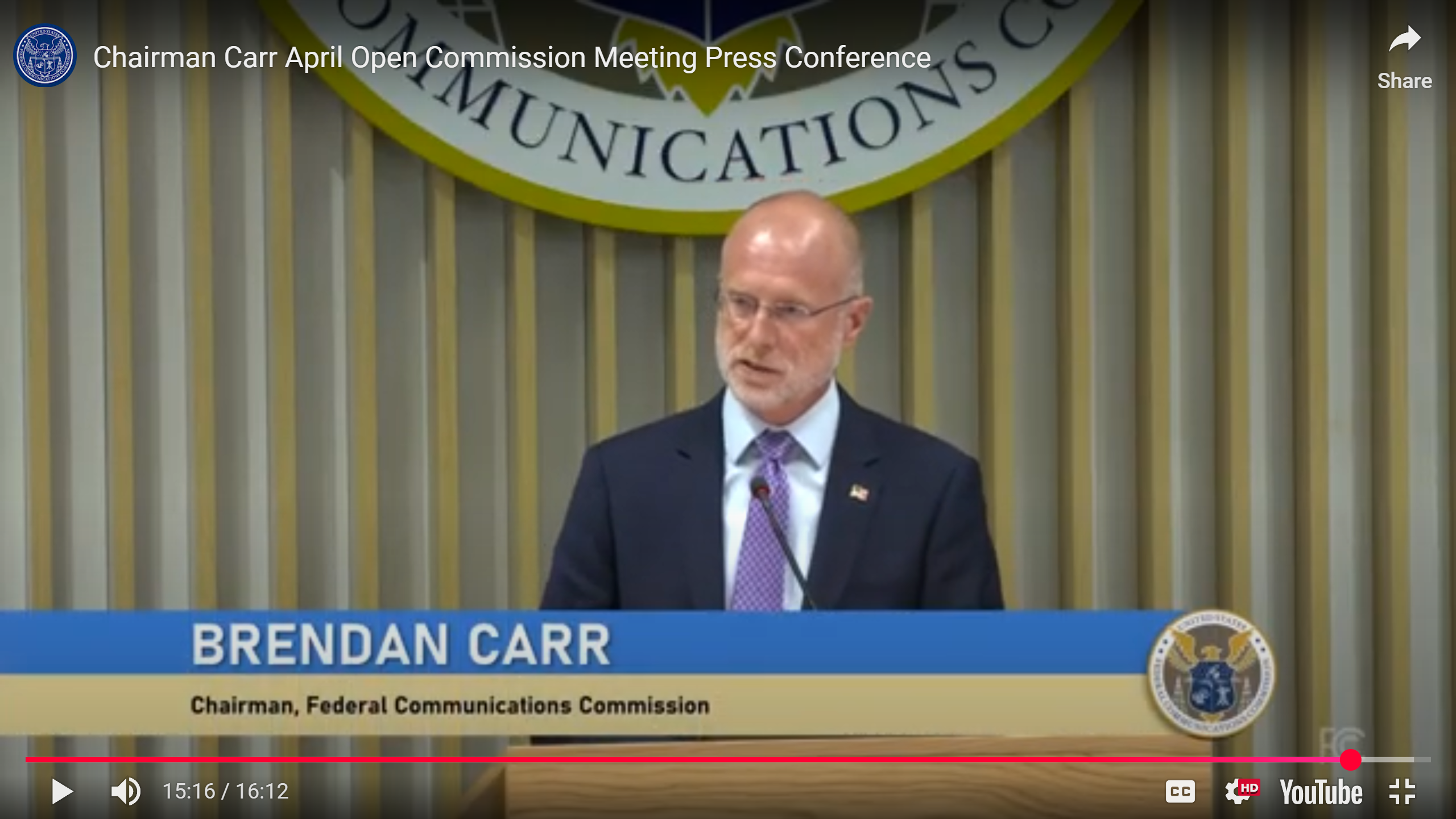KICU-TV and KTVU-TV
KICU-TV, an independent station previously operating in its own San Jose, CA, facility, was recently relocated to KTVU-TV in Oakland to create a dual-station master control center. KTVU, a FOX affiliate, now operates along with KICU under one roof on a 24-hour dual-station operation schedule.
Digital System Technology (DST) served as systems integrator for the project, intended to maximize efficiency in local operations for Cox Broadcasting. The design criteria also called for multiple streams out of master control to accommodate future multicasting and centralcasting scenarios.
DST selected and specified the equipment for the project in a joint effort with KTVU to create an equipment package that met the needs of the expanded facility, as well as one that functioned properly with existing solutions. Three Thomson Grass Valley M2100 switchers serve as the heart of the dual master control center. The facility was designed as an N+1, which translates to the number of stations within the facility plus one backup for full redundancy. With both stations under one roof, the cost of backup equipment is halved, as the stations share the backup switcher.
The monitor layout of the master control center is the visual cornerstone of the room. Ken Manley, KTVU/KICU's director of engineering, developed the idea to use high-quality, 1080i HDTV-ready consumer televisions for the monitor wall and feed them with Evertz Quattro units to generate native HD resolution quad split displays. A layout of 12, 32-inch flat-face monitors provides the master control with a futuristic look.
However, what turned out to be arguably the most unique aspect of the facility also proved to be the most challenging. The monitors, though advertised as 1080i, appear to be 960i models (480p doubled). This displays a true 1080i signal in the 960i format, cutting off the top and bottom 60 lines of the image and losing 12 percent of the image.
The Evertz Quattro system, featuring a 7765AVM-4 SDI monitoring card to increase monitoring capacity, was initially designed to simultaneously accept and analyze four SDI signals with embedded audio, and provide one 1080i output. However, as the monitors appeared to be 960i, Evertz created custom 960i software for the monitors on only two days notice.
To further fail-proof on-air operations, a Leitch 16×16 switcher is situated at the point of final output. The signals generated from the M2100s are fed via the Leitch switcher into the on-air paths. Four different versions of each program stream were designed so the stations could feed the most suitable version of their programs to six various satellite and cable companies, as well as to their television transmitters (NTSC and DTV). In the very unlikely event that all three M2100s would fail simultaneously, sources can be routed directly to the Leitch switcher and put on the air for uninterrupted programming.
Get the TV Tech Newsletter
The professional video industry's #1 source for news, trends and product and tech information. Sign up below.
Design Team
DST:
Lan Merrill, lead project manager
Dwight Crumb, design engineer
Bill Hodson, project manager/lead installer
KTVU:
Ken Manley, director of engineering
Jim Wagner, technical services supervisor
Ed Cosci, director of technical operations
Equipment List:
Evertz 7765AVM-4 SDI monitoring card
Evertz 8085 CC translator
Grass Valley Group M2100 switchers
Leitch RCP-16×16 routing system Leitch 16×8VA2 ingest router
Leitch DPS475 frame synchronizers
